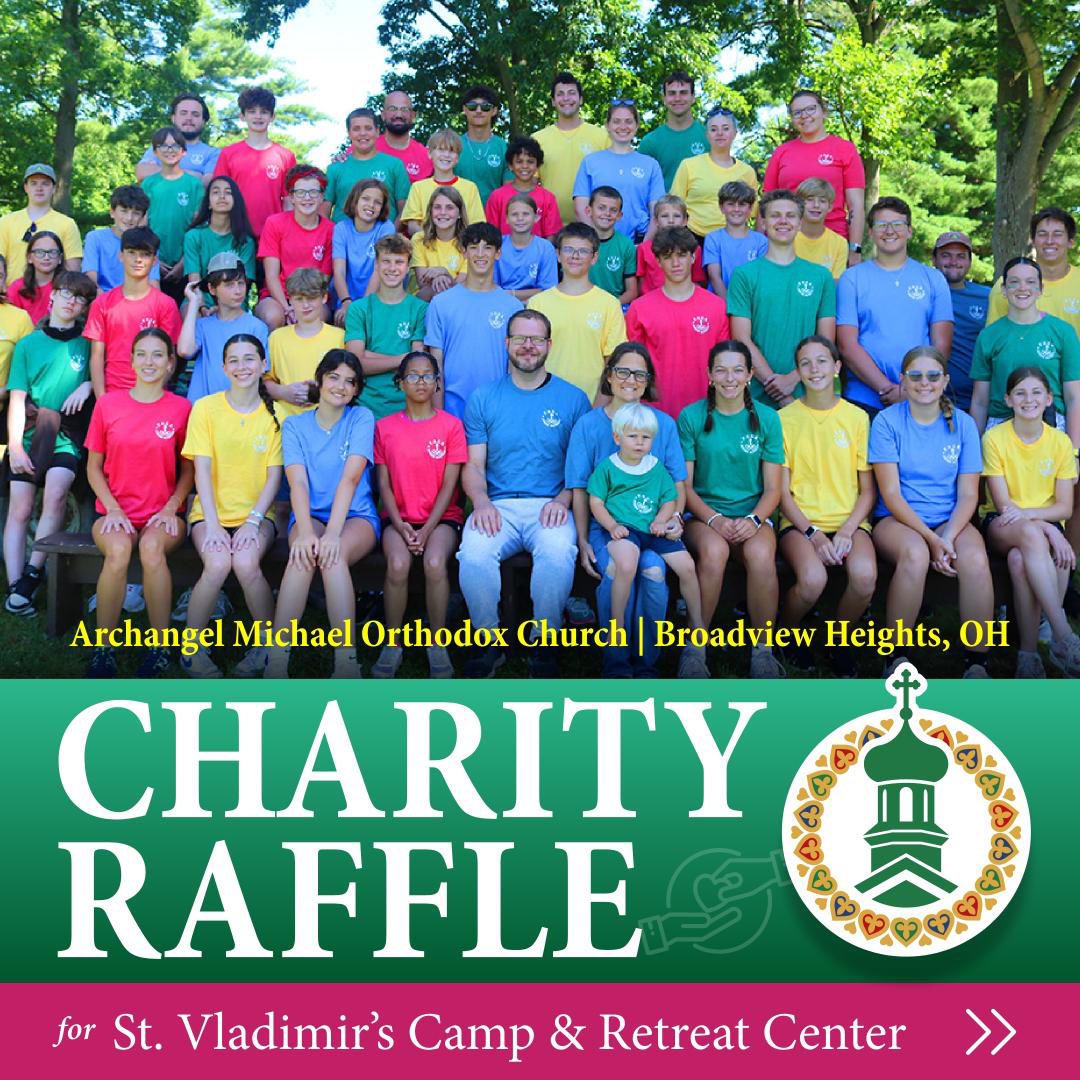A Prayer Rope (Chotki in Russian, Komboskini in Greek) is a loop of knots, usually made of wool with wooden beads interspersed at specific intervals, so that one might keep count of the number of prayers being said. Each knot is made up of either seven or nine separate little knots, which then create a distinct woolen nodule for counting.
Prayer ropes are generally used in conjunction with the Jesus Prayer (“O Lord, Jesus Christ, Son of God, have mercy on me, a sinner”) and most are typically 100 knots in length (although some may be found with fewer knots or with more). The purpose of a Prayer Rope is simply to help one concentrate, keep track of, and create a type of “rhythm” during prayer.
The fourth century monk, St. Pachomius, is credited with devising the Prayer Rope as a means of helping illiterate monks maintain consistency in their prayer rule. Before this, monks would simply drop a pre-set number of pebbles into a bowl as they prayed – a cumbersome and noisy endeavor for those who were practicing silence!
Every monastic (and many lay people) carries their Prayer Rope as a reminder of St. Paul’s admonishment to “pray without ceasing” (1st Thessalonians 5:17).
Another similar counting device formally used in Russia was called a Lestovka (meaning “ladder”). The Lestovka, however, is made out of leather with “rungs” instead of nodules and probably derived from the practice of St. Anthony the Great, a third century monk, who used to tie knots in leather ropes in order to keep track of his daily prayers.
The Roman Catholic Rosary was adopted from the Eastern Church’s Prayer Rope by St. Dominic in the 13th Century.







